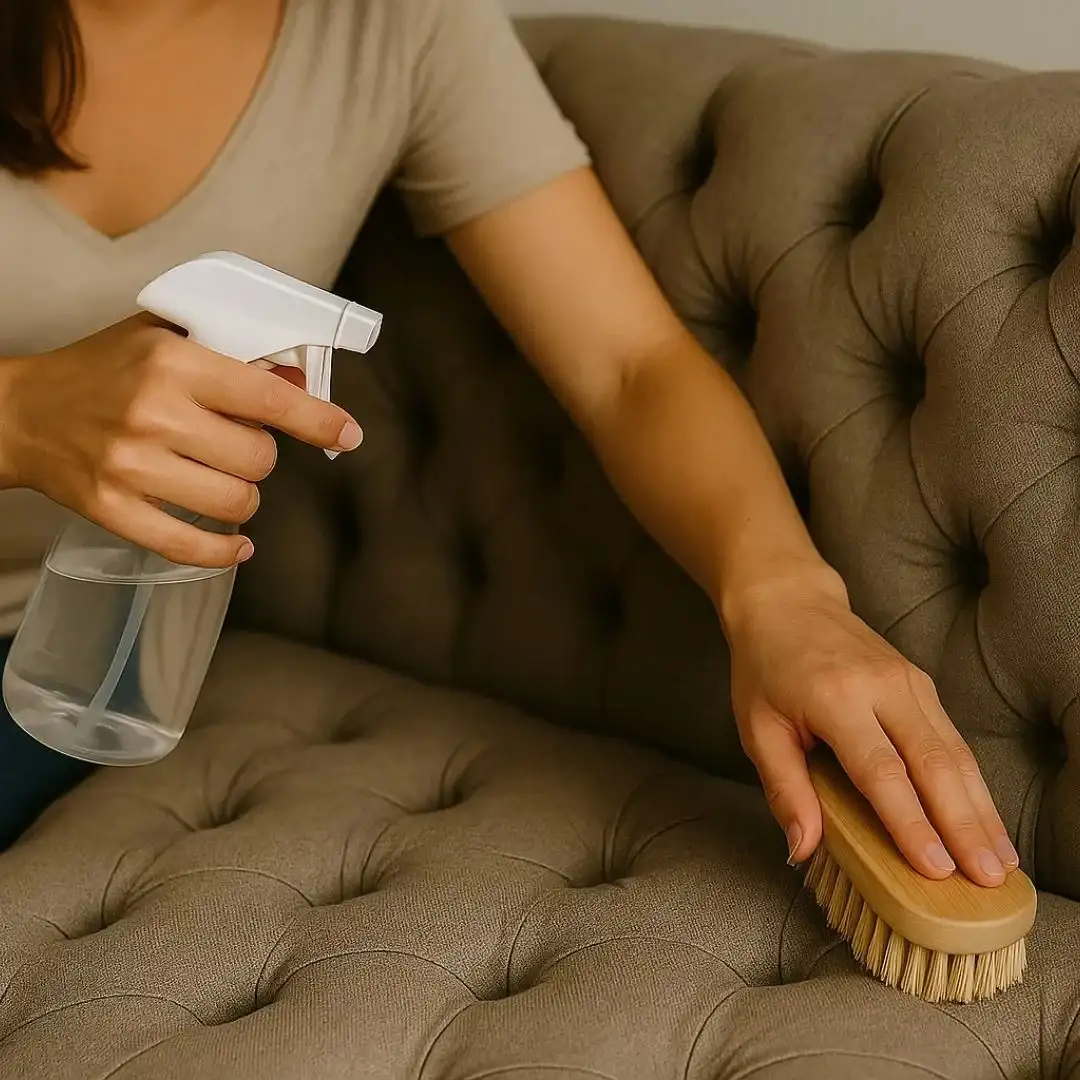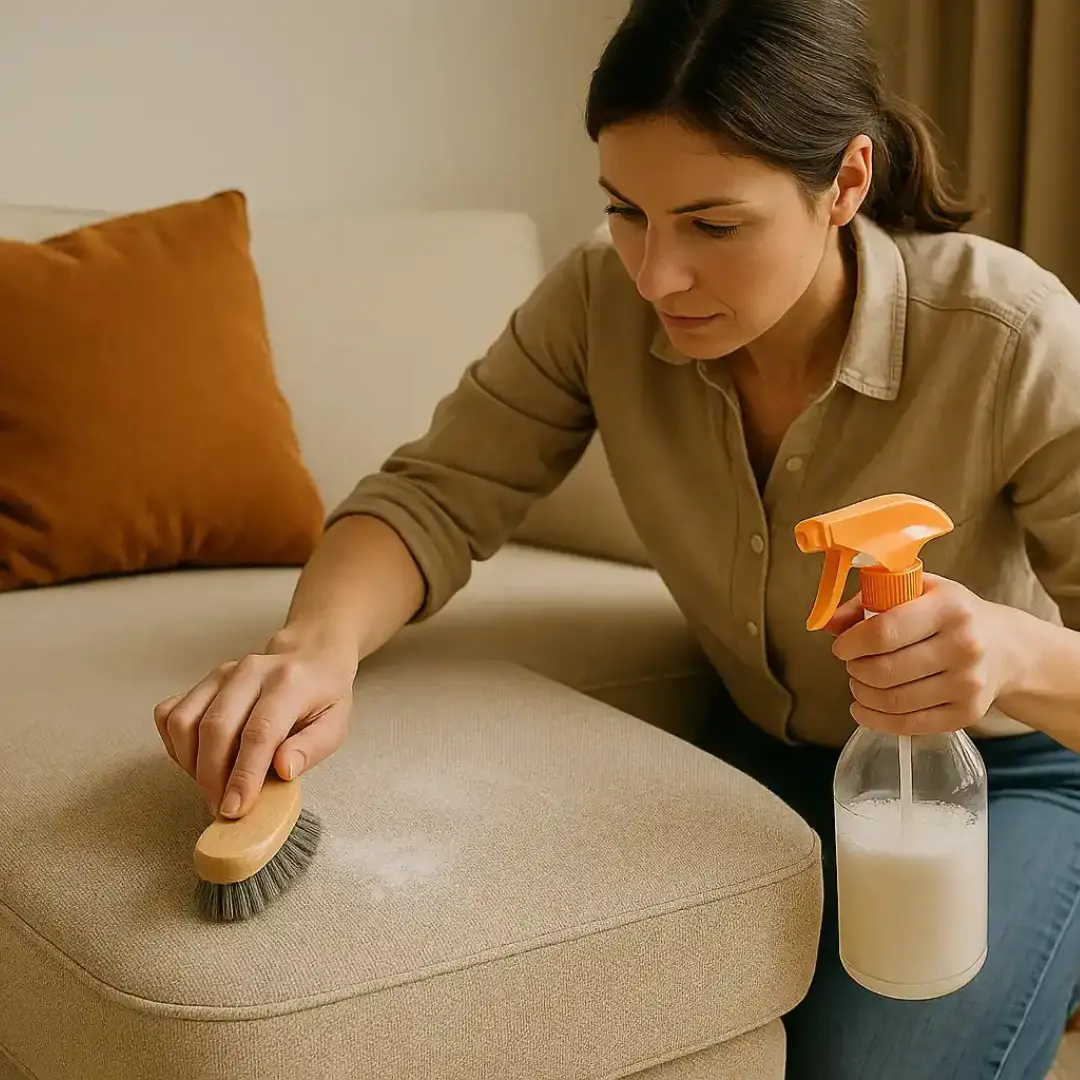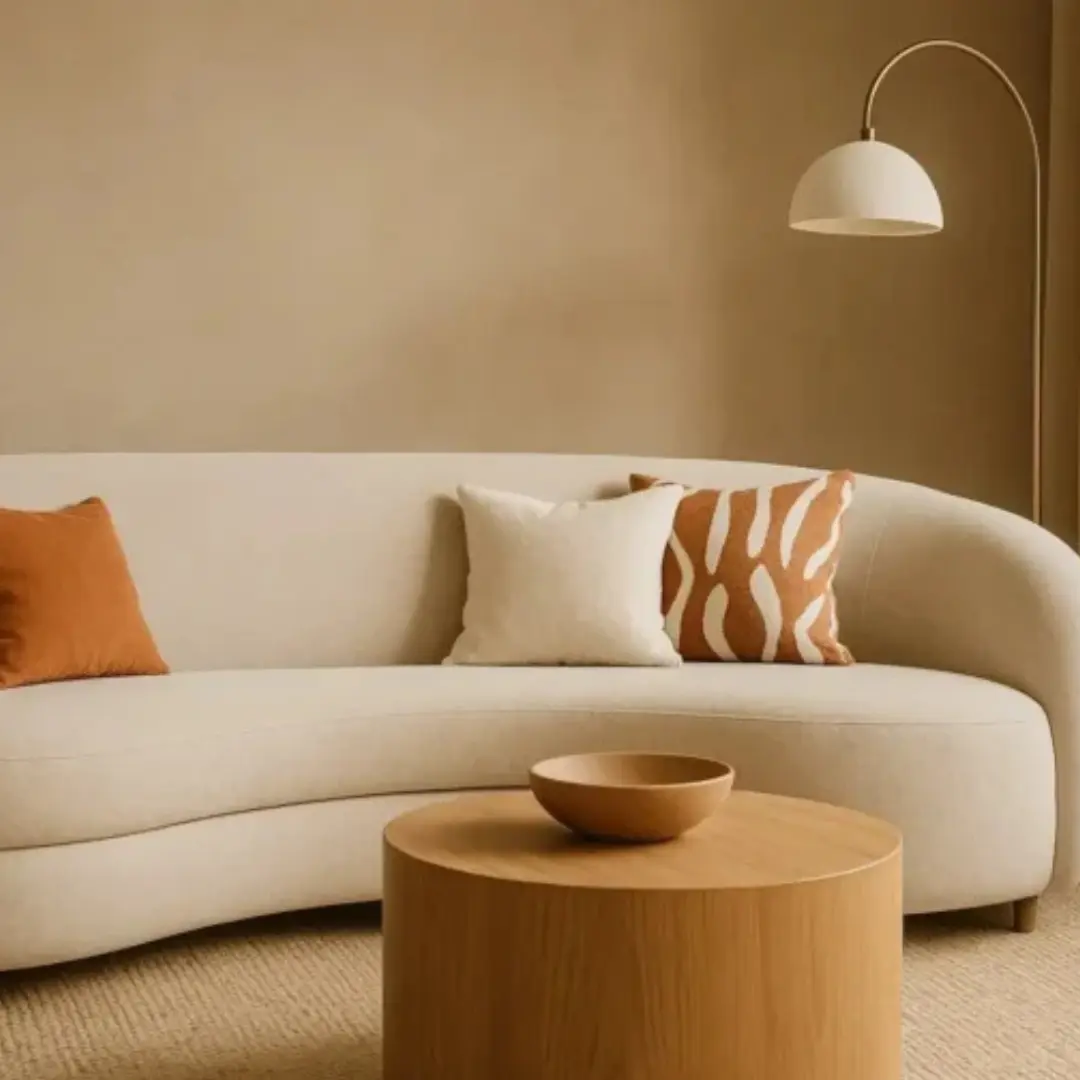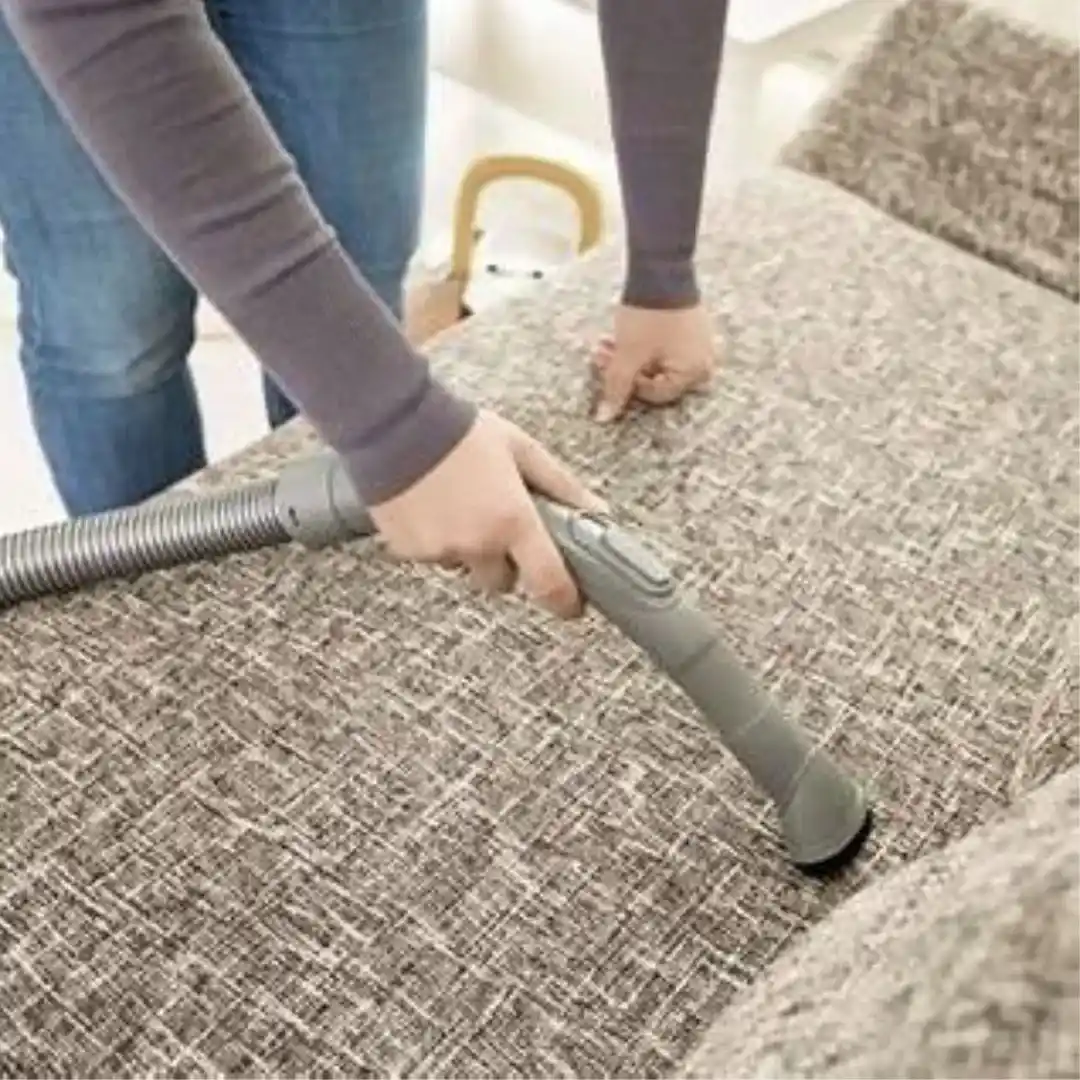
The upholstery of a chair is a fantastic way to breathe new life into old furniture. It might be an antique piece you want to restore or a modern chair that has seen better days, but reupholstering can bring it back to life. It may seem daunting at first, but with the right tools and a bit of patience, anyone can do it. This blog will take you step by step through how to change chair upholstery dubai and give you a low-cost solution for changing the space.
1. Gather Your Tools and Materials
Before you get started with reupholstering, you are going to need some basic tools and materials. Here are the basic things you’ll need to get started:
- New fabric: Choose the durable fabric to fit your style
- Staple gun and staples
- Screwdriver: This could come in handy when disassembling your chair
- Scissors
- Upholstery foam: Please do use this if it’s called for
- Pliers
- Measuring tape
Batting is optional, for a little extra comfort and smoothness
Tacks or trim (optional, just for that professional finish) You’ll want to choose a fabric that is both a good looker but also practical for use. Higher-use chairs are likely upholstered with heavy-duty linen, cotton, or leather. If you need it to be soft, velvet or upholstery-grade polyester will work.
2. Remove Old Upholstery
Start by removing the aged upholstery of the chair. Disassemble the screws that hold the seat cushion or backrest of the chair using a screwdriver. Using pliers, carefully pull out the old staples holding the fabric in place on the wooden frame of the chair. Take away the fabric gently without damaging the underlying foam or wooden structure.
If you want to reuse the foam, try to keep it intact. If it is damaged or too worn, replace it with new upholstery foam that suits your chair’s design.
3. Prepare the Chair Frame
Remove the old fabric and inspect the wooden frame of the chair for any signs of damage or wear. It is a good time to sand down any rough edges or fix any loose joints. If necessary, apply a fresh coat of paint or wood stain to the frame to give it a polished finish.
Replace it, of course, if there’s any batting showing through your chair upholstery. The addition of batting or cushioning foam would provide more comfort as well as create a smooth working surface in case of replacement.
4. Cut and attach new fabric
Now, comes the enjoyable part: sticking the new fabric! Place your chair cushion or backrest onto the fabric. Then use the measuring tape and cut out an area large enough to go about the cushion in the surrounding surfaces, providing room to fold up the edges for staple holding.
Begin with stapling one side of the fabric and then pull it taut to avoid wrinkles. Then continue stapling the fabric tightly on the frame, so that the seat is evenly and smoothened all around. When stapling the corners, fold the fabric neatly and staple it to place, ensuring that the folds are crisp and neat.
This gives you extra padding. You insert a layer of batting before you attach the fabric. This makes your chair softer and plush while giving you an even surface.
5. Assemble the chair
After you’ve secured the new fabric in place, carefully reassemble the chair by reattaching the seat or backrest to the frame. Ensure that all screws and fasteners are tightened securely. Once the chair is reassembled, give it a final check to ensure everything is tight and the fabric is smooth and secure.
6. Finishing Touches
To add a decorative flair, you can finish your reupholstered chair with trim or decorative tacks around the edges of the upholstery. These details will elevate the look of the chair and give it a polished, professional appearance. For a premium finish, consider opting for Dubai sofa upholstery techniques that add a luxurious touch to any piece of furniture.
Additionally, if you’ve added extra foam or batting, consider trimming any excess fabric so that the edges look neat and finished. Wipe down the chair frame to remove any dust or residue, and give the upholstery a final check for tightness and smoothness. With the right finishing touches, your chair will have the high-end appeal typical of Dubai sofa upholstery, ensuring it stands out in any room.
Looking for expert upholstery services?
Dubai Sofa Upholstery offers top-quality craftsmanship to bring your furniture back to life.
Experience top-quality craftsmanship with Dubai Sofa Upholstery – order the best upholstery service today!
Recent Blogs
FAQs
1. How long does it take to reupholster a chair?
Reupholstering a chair can take anywhere from a few hours to a full day, depending on the complexity of the project and your skill level. If you’re working on a more intricate piece or if it requires multiple steps (such as re-padding or painting the frame), you may want to spread the project over two days.
2. Do I need to remove the old upholstery?
Yes, the old upholstery has to be removed so that the new fabric can stick well on the frame. Old fabric may leave bumps or unevenness in places or even a problem when trying to staple the new fabric in the right position.
3. Can I reupholster any type of chair?
Most chairs can be reupholstered, but some may require more advanced techniques, such as antique or highly decorative pieces. If you have a very unique or delicate chair, it may be worth consulting a professional upholsterer for advice.
4. How do I choose the right fabric?
When buying the upholstery fabric for your chair, buy one that has an aesthetic appeal and durability. For the mundane chairs, you would use heavy-duty fabrics like cotton, linen, or denim. However, in a place with many people, leather or microfiber will be better for durability and also for easy cleaning purposes.
5. Is reupholstering less expensive than buying a new chair?
This may be very much cheaper than purchasing a new chair if one works with a quality frame or even an antique. The cost is going to be determined by the fabric type, the condition of the chair, and the tools you already possess.










